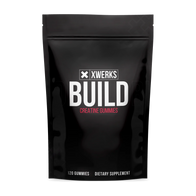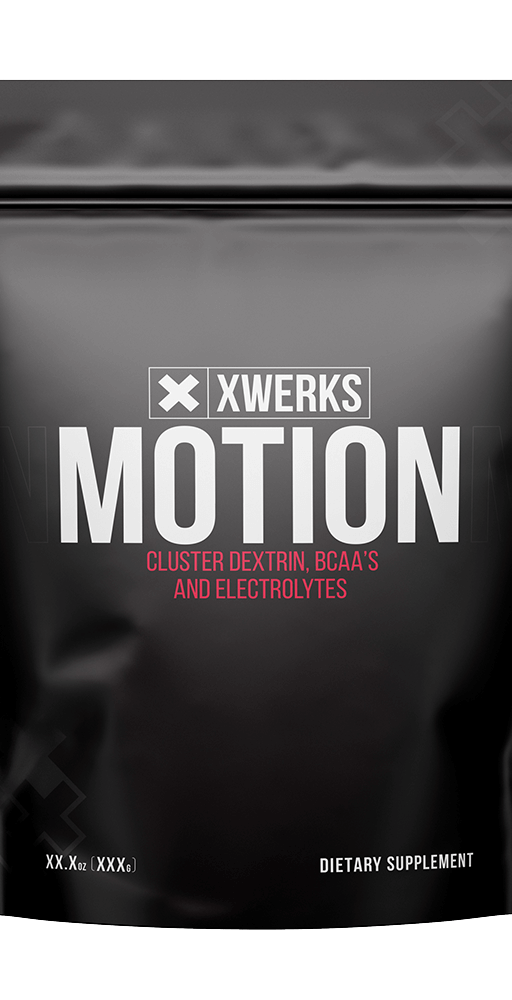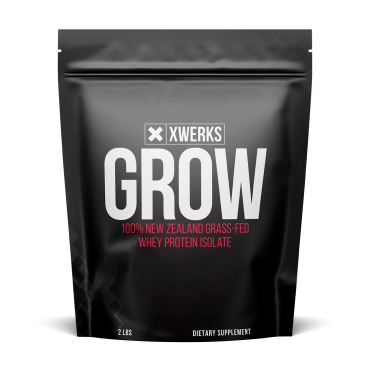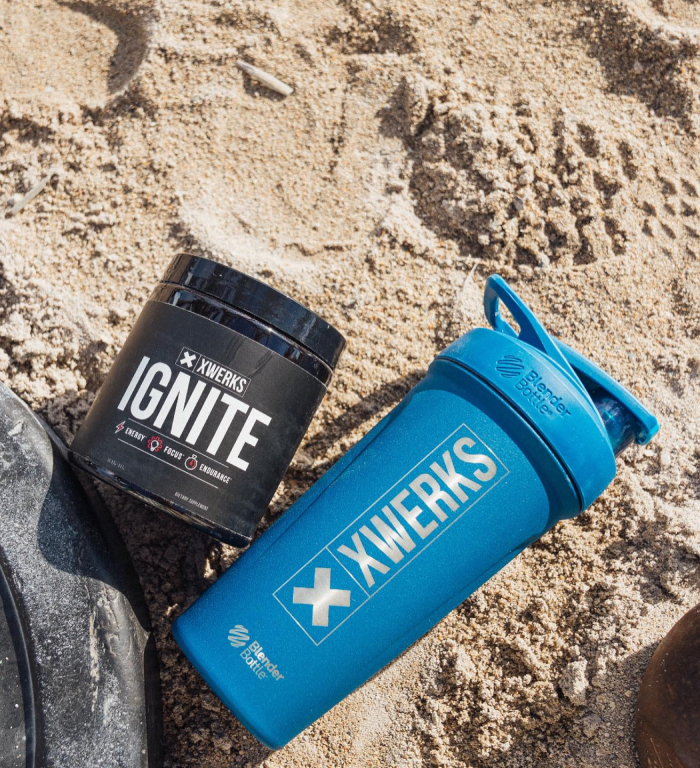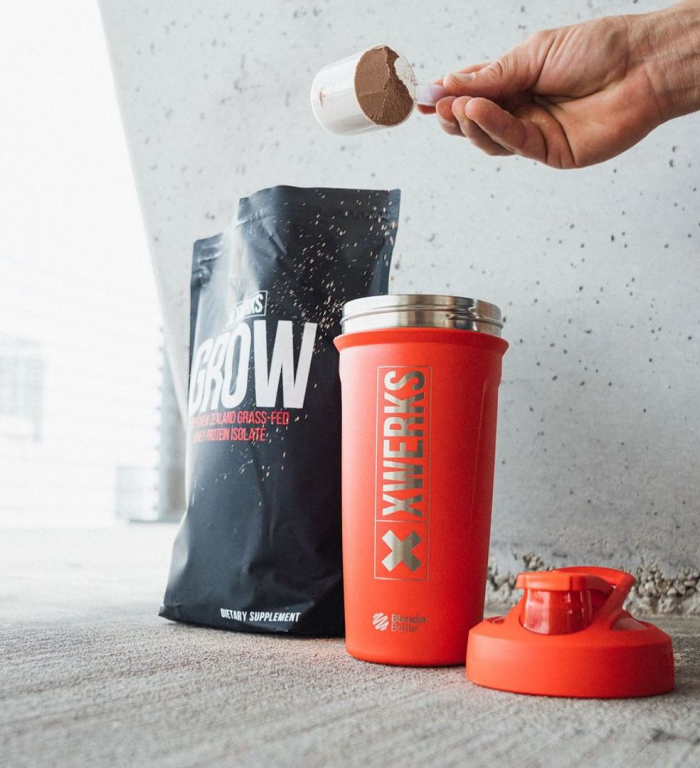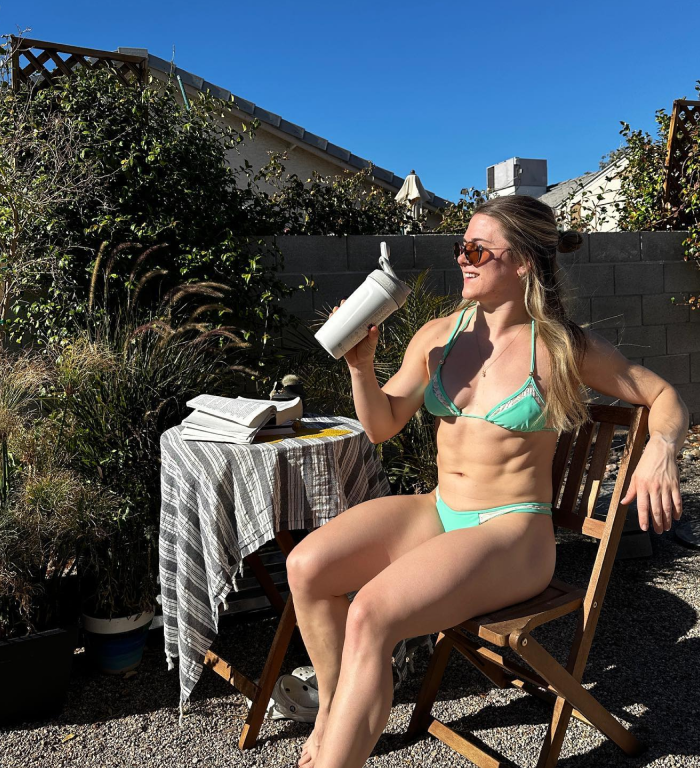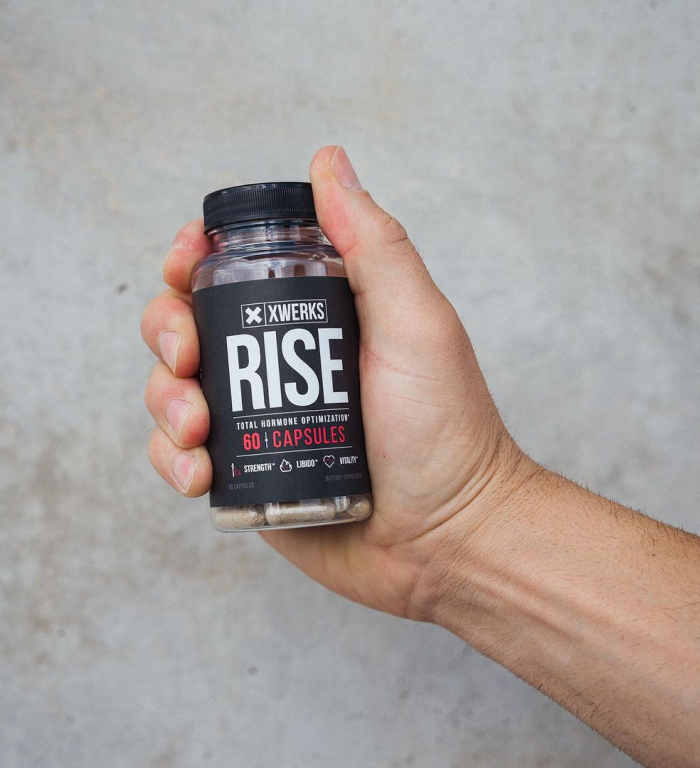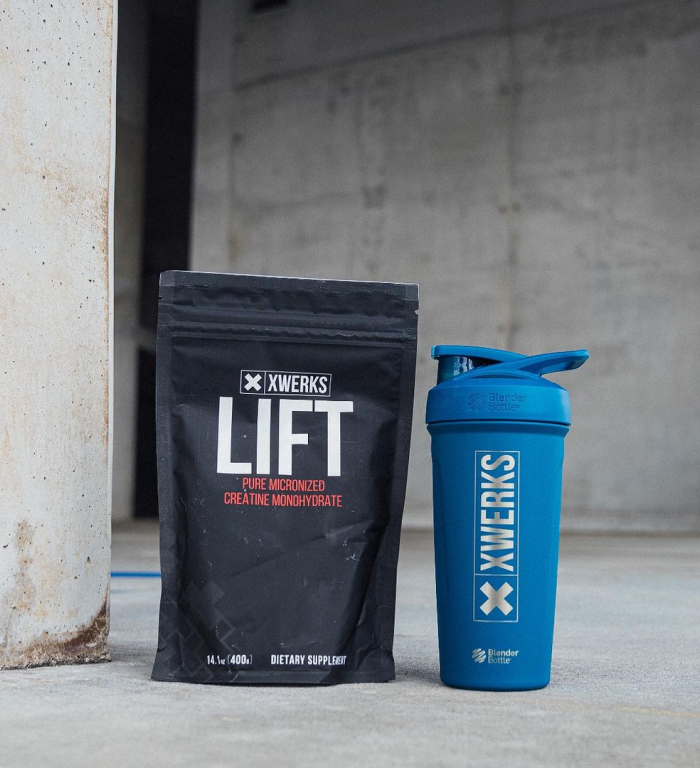This is my quick, yet purposeful edition of Mythbusters. I will be talking a bit about a style of nutrition that has come to be known as Flexible Dieting. As of recent, there are so many athletes, coaches, and everyday people following this idea of “IIFYM” or “Flexible Dieting”.
As with anything, the more people involved the more facts, thoughts, and opinions involved and the more concepts get twisted (think of the fun game Telephone you played as a kid). My intentions in this short piece is to address the 5 most common myths that I often hear about Flexible Nutrition (as I like to refer to it).
1. Flexible Dieting is so innovative and brand new!
Although we all like to think that when we discover something was when it came into fruition, that is often not true. Flexible Nutrition is a system of monitoring amounts of macronutrient (protein, carbohydrates, & fats) intake for an individual - specific to their lifestyle, age, activity level, and goals. THIS IS NOTHING NEW! It has been around for years in the bodybuilding world, and then slowly made its way over to performance sports like powerlifting and weightlifting. In the past year, the buzz word “macros” in reference to Flexible Nutrition, has nearly taken over the crossfit/functional fitness world.
However, the Zone diet was designed along the lines of a similar concept and was meant to be executed in a similar fashion. I find it amusing when I hear individuals talk about Flexible Nutrition or “counting macros” like it is this incredible new discovery.
Yes, it has gained a good deal of momentum and popularity in our fitness circle recently - and I am really happy about that because I think it is a system that can be properly utilized by everyone. However, it is important to understand that this concept it nothing new! It has been around since the beginning of nutrition education and is very basis on which most successful “diet plans” work.
2. It is too time consuming for me to weigh and measure food.
Often, I hear from people that they want to learn more about Flexible Nutrition but don't want to worry about weighing and measuring food because it is too time consuming of a process. I get it. The concept of having to track, count, weigh, and measure may seem like it takes up so much time and energy if you are not familiar with it.
However, if you 1) already prep your meals, 2) carry around your phone, and 3) are serious about your nutrition as a means to proper fuel your body and help you reach your goals - then it really is not that time consuming. It takes no extra energy to place a plate on a scale before loading it up, or to read a nutrition label on those “protein bars” you eat everyday!
Not every single gram of everything needs to be weighed and measured. But, with this system of tracking intake comes an awareness that is invaluable. You don't have to be perfect, but the general education that comes from starting to understand how much of each macronutrient goes into your body daily can allow you to make some serious changes in your nutrition and your training. If its important to you, you will find a way!

3. Flexible Dieting only works for high level athletes and “genetically gifted” individuals.
This myth is often one that I hear whenever I post a picture consuming something that is a “treat”. I can’t even count the amount of times I have heard “you can only eat like that because you are an athlete/young/have good genetics”. This could not be further from the truth.
First off, the pictures most people see (of my ice cream bowls and amazing pizza nights) are 20% of what my daily diet looks like (#5 will elaborate on that). But, like I always explain, #ChickenPicturesAreBoring - so I obviously don't get as excited over them as I do my 20% foods!
Second, this system works for everyone. That is the beauty of this style of eating - it is FLEXIBLE. It can be tweaked and molded for anyone, of any age, with any history, and any future goals. I have had successful clients in all different demographics, and success looks and feels different to everyone. No, I do not make “treats” off limits to anyone. Instead, I teach them what the correct amounts are for them and educate them on how to fit fun foods or cravings into their life without feeling guilty about it.
We should all learn to enjoy life while not losing sight of our goals… that is being flexible.
4. All “flexible dieters” eat the same way.
To group “flexible dieters” in one huge category is like using the word “human” to describe someone. Following a Flexible Nutrition plan simply means that you are tracking intake and trying to stay at a specific number of protein, carbohydrates, and fats per day.
It does not, in any way, describe what your diet is actually consisting of. Some of my clients are paleo, some are vegetarians, some vegans. I have clients that eat like an 8 year old on an unsupervised grocery trip (yes, I work hard on helping those), and I have clients that consume less than 40g of sugar daily. I have a handful of clients with dietary limitations for health reasons and others for limitations due to personal reasons.
Flexible Nutrition is not a cookie-cutter system. You cannot simply tell someone “I follow Flexible Nutrition” and have them understand what your diet is made up of. That is the beauty of this system. It can truly be molded to work for anyone and can be embraced by people who all have different beliefs when it comes to what they put in their bodies.

5. Flexible Dieting encourages a diet filled with low quality foods.
I know this was the myth you were all waiting for. Save the best for last right?! I know, I know, I confused the world when I wrote an article entitled “How Donuts Gave Me Abs…” and everyone is up in arms that Krissy is running a nutrition based company called “Doughnuts & Deadlifts” - because that promotes a poor message when it comes to nutrition right?!
Well… wrong. If anyone has spent more than a minute paying attention to look past the titles and actually spoke to myself, or her, about the topic - it would be understood. Flexible Nutrition is not a system based on “how many donuts, oreos, and cake can I eat in a day”.
It is a system that very clearly outlines the appropriate intake needed by a person. It then allows them to eat responsibly and fill that intake however they would like. No food is off limits, but quality food is the priority. That statement cannot be argued. It is the same 80/20 rule that so many of us are already familiar with.
I do not encourage that an individual fills their diet with low quality food, but I also know it is not necessary to completely remove it from the diet. By putting a “bad” label on foods, or using the term “cheat” when referring to nutrition, we are implying that a person is doing something wrong by consuming food.
That is something called “food shaming”, and just leads to guilt, unhappiness, and a poor relationship with food. Being able to live life and enjoy its great pleasures - like doughnuts, pizza, Oreos, and ice cream - in responsible amounts, is a great ability to have while still keeping us in line with our goals!
If you are interested in reading more on the topic of Flexible Nutrition, or are looking for a coach, you can head over to my personal blog at nicolecapurso.wordpress.com or, check out gridshapetraining.com for in-depth nutrition programs ran by yours truly! #honoryourgifts
Nicole Capurso

Images from - QM Photos, Luke Tevebaugh and Photobyjurassic














